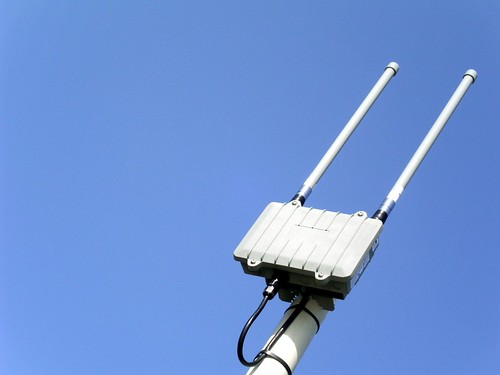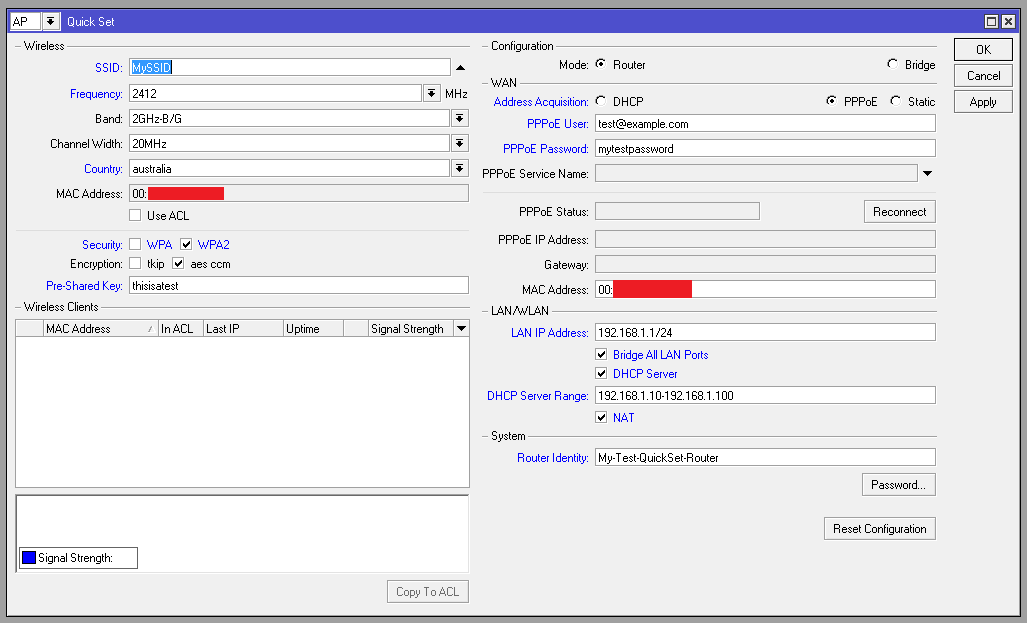This has been mentioned and posted in a couple of places now however I’d like to post a copy here also in the event that anyone else has further suggestions on improvements for the script, or any further questions.
Although I don’t use it much myself, many Mikrotik users would be familiar with the “user-manager” package built by mikrotik as an “all-in-one” hotspot solution for small-medium installs.
Many of the functions in this are automated, however not the addition of per-account rate limits, which would normally be based on the package purchased. Instead most sites opt to use a preset speed value on a per router basis. An alternative option to this would be to put different users in different IP pools and setup a rate-limited queue tree based on that.
I was requested to build a script for use on the main user-manager mikrotik, that would allow accounts to be assigned a rate limit based on the package someone had purchased. Once set, this speed value remains the same.
Although this is sounds like quite a simple task, there’s a lot of work saved in having something like this automated, leaving you to get back to running day to day tasks rather than having to either limit all users to the same speed or worse, keep one eye on your user list to catch any newly created accounts!
With that I mind I wrote the following basic script to allow newly created accounts to be assigned a rate-limit based on the package they purchased.
You can modify the values to match your own options and rework this to your liking.
In this example you can see that, if I user purchased a $30 package (credit-price=30000) they would be assigned a rate limit of 512k/128k, whereas a $90 purchase would get a 2M/128k limit.
#Script to add rate limit's to newly created user-manager accounts.
#Written by Andrew Cox | Omega-00 | http://www.mikrotik-routeros.com
:local counter
:local check
#Loop through all users in user-manager
:foreach counter in=[/tool user-manager user find] do={
#Check to see if comment contains "RLA" (short for 'rate limit added'). If it doesn't, this account hasn't had a rate limit set yet.
#We only check the first 3 characters, this means you can continue to use the comment field for whatever you like so long as you leave the 'RLA' untouched (if present)
:set check [:pick [/tool user-manager user get $counter value=comment] 0 3]
:if ($check="RLA") do={
#Has RLA, rate limit is already set so ignore
} else={
#Doesn't have RLA Set rate-limit based on initial purchase pricing
:if ([/tool user-manager user get $counter credit-price] ="30000") do={/tool user-manager user set $counter rate-limit="512k/128k" comment="RLA"}
:if ([/tool user-manager user get $counter credit-price] ="60000") do={/tool user-manager user set $counter rate-limit="1M/128k" comment="RLA"}
:if ([/tool user-manager user get $counter credit-price] ="90000") do={/tool user-manager user set $counter rate-limit="2M/128k" comment="RLA"}
} }


